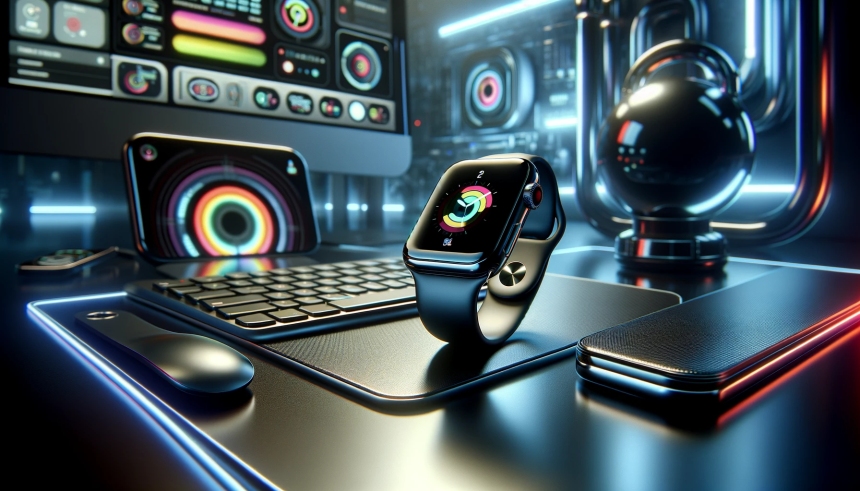Athletes and fitness enthusiasts searching for a new running watch may notice shifting preferences in the wearable market. Brands like Garmin have steadily captured the attention of consumers who prioritize specialized performance features, directly contrasting with tech-forward models such as the Apple Watch 10. As product lines and deals continue to diversify, users are reevaluating which smartwatch best caters to their health goals and training demands. Advancements in GPS accuracy, battery longevity, and coaching tools now hold sway over traditional criteria like display or ecosystem integration.
Customer sentiment has seen significant fluctuation with each product generation, and the competition between wearables is not new. Reports have previously highlighted Apple Watch’s broader smart features and tight integration with iOS devices, appealing to tech-focused users. Meanwhile, Garmin’s persistent focus on fitness metrics and endurance remains a differentiator, especially for runners and outdoor athletes. Recent promotional campaigns and price reductions by GPS watch manufacturers have caused some consumers to reconsider established tech giants in favor of more specialized devices.
Why Are Runners Leaning Toward Garmin?
Garmin continues to make progress among dedicated runners, emphasizing extended battery performance, robust durability, and advanced stat tracking. Models such as the Garmin Forerunner series deliver insights on heart rate, VO2 max, and training load, which appeal to those looking for detailed fitness guidance. A long-lasting battery also means fewer interruptions during extended outdoor activities, a critical point for marathoners and trail runners who demand reliability over multi-day usage.
What Factors Impact Buying Decisions?
Pricing emerges as a decisive factor, with limited-time deals on Garmin models making the brand a more compelling choice for budget-conscious consumers. The lower overall cost, coupled with frequent seasonal discounts, provides an opportunity for runners to access premium features without paying for non-essential capabilities. Although the Apple Watch 10 offers a vast array of smart functions, its higher price and all-purpose orientation do not always align with the requirements of serious runners.
How Do Brand Ecosystems Play a Role?
Integration and compatibility further influence user trends. While Apple Watch 10’s seamless connection to iPhones offers convenience and app versatility, Garmin’s platform supports a broader range of smartphones and computer operating systems. This flexibility gives users a wider array of choices for data tracking and sharing, attracting those who seek independence from a single brand environment. A runner commented,
“Garmin’s watches fit right into my training routine without forcing me to stay in one ecosystem.”
Both brands cater to distinct user segments, underlining the importance of tailoring product features to actual athletic needs. Garmin’s approach of emphasizing sport-specific details resonates with competitors and endurance runners who measure progress through granular statistics rather than broader smart device integration. Those who value cross-functionality and a wide set of health and lifestyle features may still opt for the Apple Watch 10. Ultimately, specialized fitness tools can provide nuanced support for running-focused users, while general-purpose wearables serve broader targets. For prospective buyers, closely assessing their priorities—battery life, data depth, connectivity, or ecosystem—will ensure the right selection. Exploring available offers on both Garmin and Apple models during promotional periods can yield substantial value and satisfaction.










